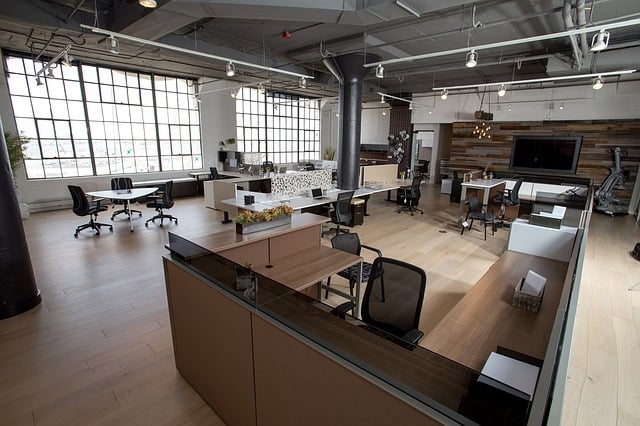The Lowdown on Ergonomics
Ergonomics. It’s that word that any furniture retailer and manufacturer will throw out there to express how a user will feel comfortable using their product over others.
But, what many people don’t know is that ergonomics is in itself a science. Researchers the world over—and throughout history—have worked to make people more productive, happier, and ultimately more safe through the study of ergonomics.
We decided to lay down some facts on ergonomics, so that the buzz word you read when looking at office furniture means something more than just “comfort.”
The Definition
According to the International Ergonomics Association (the leading global authority on the subject), ergonomics is defined as such:
Ergonomics (or human factors) is the scientific discipline concerned with the understanding of interactions among humans and other elements of a system, and the profession that applies theory, principles, data and methods to design to optimize human well-being and overall system performance.
It’s particularly important to outline the other name for ergonomics, human factors. The idea is to maximize comfort, productivity, and health for human users of equipment, though this can be expanded to processes and work systems as well.
In terms of office equipment, ergonomic furniture is designed to make sitting or working for long periods of time less physically stressful on the body, resulting in a longer work lifespan for the user.
Principles in Action
One of the most important features of ergonomic office furniture is comfort. This, coupled with an understand of how the human body works, means that not all office furniture is ergonomic.
Such factors as posture, ease of access, and the softness or hardness of surfaces all come together to depict a holistic idea of ergonomic office furniture. For instance, if at your desk you are unable to reach a certain shelf without having to stand up, you can bet that workstation is not ergonomically designed.
Or, the back of your chair does not adjust. Good posture is a relative term for each person, which means that in most cases all ergonomic office chairs will have adjustable backs, to fit to the user.
But, even psychological elements are important. Color is an incredibly important element in design, as research shows humans interact differently with various hues. Red, for example, is known to increase blood flow, and heighten emotional responsiveness. Having a bright red desk might not be the best option for an office setting, where equanimity is an important personality trait.
There is also perception involved. Open-air workspaces are largely thought to have a positive impact on work wellness, while low-seated employees stuffed in high-walled cubicles can be isolating, both physically and psychologically.
Standing while at your desk is an ergonomic principle. While research is still being done on whether or not there is an overall net benefit or detriment to standing desks, the idea of keeping the body physically engaged while standing for long periods of time is known to be better than sitting for eight or more hours a day.
The Value
The impacts of using badly-designed furniture are well documented. Prolonged discomfort in office settings can cause lasting health impacts, such as bad blood pressure, musculoskeletal injuries, and even psychological damage. Stress injuries, or those caused by repeated actions that cause stress on the body, are common among office and manufacturing workers, for instance.
As ergonomics goes beyond the chair or desk, you need to take a sober look at your entire workstation. Does your workstation isolate you from other people, and is that a bad thing? Ergonomic workstations often capitalize on the benefits of human interaction during the workday.
Open-air workstations also consider ergonomic principles in terms of psychological impacts on the user. Does being able to look beyond your workspace to other parts of the office have a positive impact on you, and your work?
It’s important to understand that ergonomic furniture isn’t only about improving your work. Quality of life and quality of workspace can have serious impacts on your psychological wellness, both inside and outside the workplace.
Employers will often invest in ergonomic office furniture to prevent injuries that might increase insurance premiums down the road. Ergonomic office furniture is in many ways an investment both in people, and the bottom line.
Is your office workspace ergonomically designed? If not, take a look at what we have to offer—all with the user in mind. If you are on a budget, we also offer high quality used desks for sale.
